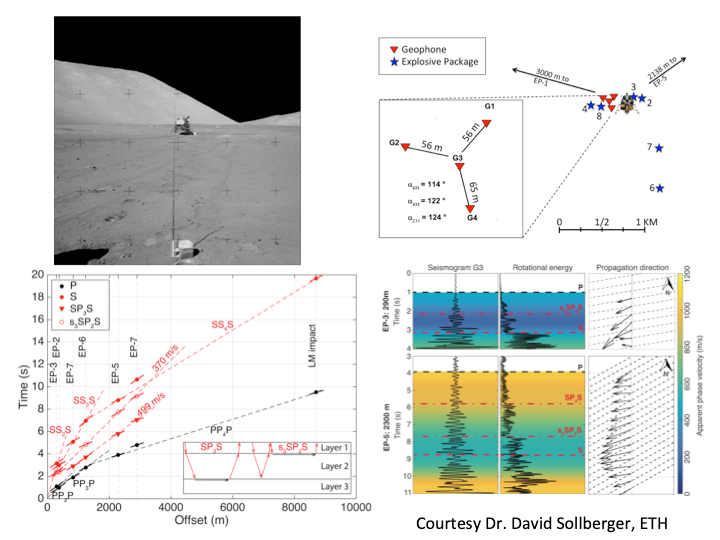Generalized sampling and gradiometry: Changing the rules of the information game
The International Master of Science in Exploration and Applied Geophysics of the University of Pisa, through its Student Chapter and the Exploration Geophysics Group (EGG) of the University of Trieste, with the partnership of EAGE-SEG Italia, host the 2020 SEG Honorary Lecturer by:
Johan Robertsson – ETH-Zürich
Exploration Geophysics Group
to subscribe: pipan@units.it
SEG Student Chapter – University of Pisa


Recent Comments